Editorials
Is Jalen Rose Hair Fake? Who is Jalen Rose
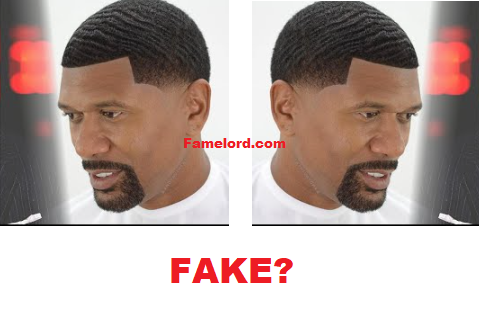
Jalen Rose Hair Fake? There has been speculation about Jalen Rose’s hair, particularly because he appears to have a full head of hair in recent years despite being bald in his earlier days as a player. Some people have suggested that he may have undergone hair transplant surgery or is wearing a hairpiece.
Jalen Rose has become just as well-known for his unique hairstyles as for his basketball skills and broadcasting acumen.
Rose has rocked a variety of hairstyles over the years, ranging from short and simple to long and braided. One of his most iconic looks was the “Gumbi,” a hairstyle featuring a tall, flat-top fade with a square-shaped design carved into the back. Rose has also experimented with colorful hair dyes, sporting bright red and blue hues on occasion.
In recent years, Rose has toned down his hairstyle choices, opting for more traditional looks. However, he still occasionally switches things up, rocking a man bun or slicked-back hair for special occasions.
Rose’s hairstyles have garnered attention and become a topic of conversation among sports fans and commentators. While some have praised his bold and daring choices, others have criticized them as distracting and unprofessional.
Despite the opinions of others, Rose has remained true to himself and his personal style. His hair choices have become a part of his personal brand and have helped to set him apart in the crowded world of sports broadcasting.
In addition to his unique hairstyles, Rose is also known for his philanthropic efforts. He has established the Jalen Rose Leadership Academy, a charter school in his hometown of Detroit, which provides educational opportunities for underprivileged youth.
In conclusion, Jalen Rose’s hair has become a notable part of his personal brand, with his unique hairstyles garnering attention and sparking conversation. While opinions on his hair choices vary, there is no denying that Rose has remained true to himself and his personal style throughout his career.
However, Rose has not confirmed or denied these rumors, so it is unclear whether or not his hair is fake. It is also worth noting that hair loss and balding are common among men, and there is no shame in seeking medical or cosmetic treatments to address these issues. Ultimately, whether or not Rose’s hair is natural or the result of a hairpiece or transplant is his personal business and does not detract from his accomplishments as a basketball player and sports analyst.
WHO IS JALEN ROSE?
Jalen Rose is a retired NBA player and current ESPN analyst who has become one of the most recognizable faces in sports media. Rose’s basketball career spanned 13 seasons, during which he played for six different teams, including the Denver Nuggets, Indiana Pacers, and Chicago Bulls.
Born on January 30, 1973, in Detroit, Michigan, Rose was raised by his mother, Jeanne, and his stepfather, Jimmy Walker, who was also an NBA player. He attended Southwestern High School in Detroit, where he excelled on the basketball court and led his team to two state championships.
After high school, Rose went on to play college basketball at the University of Michigan. He was a key player on the school’s famed “Fab Five” team, which also included Chris Webber, Juwan Howard, Jimmy King, and Ray Jackson. The Fab Five made two consecutive NCAA Championship games in 1992 and 1993 but lost both times.
In 1994, Rose was drafted 13th overall by the Denver Nuggets. He spent two seasons in Denver before being traded to the Indiana Pacers in 1996. During his time in Indiana, Rose played alongside Reggie Miller and helped lead the team to the NBA Finals in 2000, where they lost to the Los Angeles Lakers.
After leaving the Pacers, Rose went on to play for the Chicago Bulls, the Toronto Raptors, the New York Knicks, and the Phoenix Suns. He retired from the NBA in 2007 and began his career as a sports analyst soon after.
Rose has become a fixture on ESPN’s NBA coverage, appearing regularly on shows such as “NBA Countdown,” “Get Up!,” and “Jalen & Jacoby.” He is known for his candid commentary, sense of humor, and in-depth knowledge of the game.
In addition to his work in sports media, Rose is also an active philanthropist. He founded the Jalen Rose Leadership Academy, a charter school in Detroit that provides education opportunities for underprivileged youth.
Off the court, Rose is a devoted husband and father. He has been married to his wife, Molly Qerim, since 2018, and the couple welcomed their first child, a daughter, in 2020.
In conclusion, Jalen Rose is a former NBA player turned sports analyst who has become a respected voice in the world of sports media. He is known for his candid commentary and in-depth knowledge of the game, as well as his philanthropic work and dedication to his family.
Editorials
Mass Shooting in Chicago’s Altgeld Gardens Leaves Four Injured, Allegedly Retaliation for Mello Buckzz!!
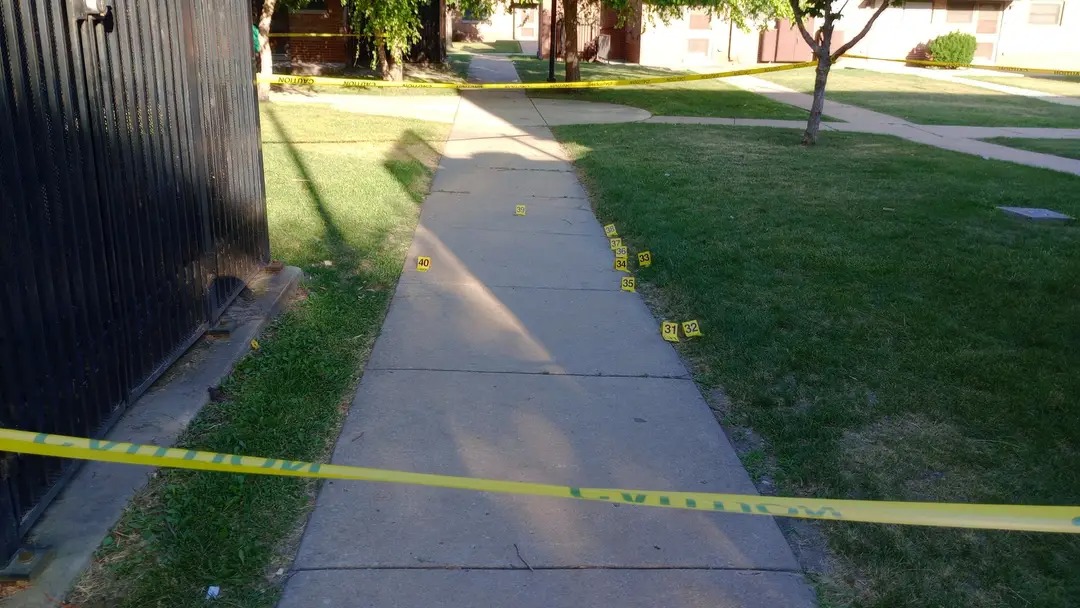
Chicago, IL – July 3, 2025 – A mass shooting in the Altgeld Gardens neighborhood on Chicago’s South Side, that many in the streets have called a retaliation for the Mass Shooting earlier at rapper Mello Buckzz Album release party has left four people wounded in the early hours of Wednesday morning, marking another violent incident in a city grappling with gun violence.
Details of the Shooting
According to Chicago police, the shooting occurred around 3:17 a.m. in the 600 block of East 133rd Street. A group was gathered outside when unknown assailants opened fire, striking four individuals.
The victims include:
-
A 21-year-old man, shot in the arm and thigh, transported to the University of Chicago Hospital in critical condition.
-
A 31-year-old man, suffering multiple gunshot wounds, taken to Christ Hospital in critical condition.
-
A 29-year-old woman, shot in the arm, who self-transported to Christ Hospital in stable condition.
-
A 29-year-old man, shot in the shoulder, who initially went to Roseland Hospital before being transferred to the University of Chicago Hospital in serious but stable condition.
No suspects have been identified, and Area Two detectives are investigating the circumstances surrounding the attack.
Community Reactions
The shooting has sparked outrage and frustration among residents, with many questioning the effectiveness of crime reduction efforts.
-
Suzanne Etsch commented, *”So in a 24-hour period, at least 22 people shot. Both were mass shootings. Can’t wait to see the total Monday morning.”*
-
Courtney Faull-Basile questioned the narrative on gun violence, asking, “Crime is down, mass shootings are up. Why aren’t we worried about the mass shooters’ mental health or access to guns this time?”
Others, like Ricky Moore, called for unity, saying, “We have to start fasting and pray so our people will stop all the hate towards one another.”
Broader Context of Chicago Violence
This incident follows a troubling trend of mass shootings in Chicago, despite official claims of declining crime rates. Just last month, a similar attack in another South Side neighborhood left multiple victims wounded.
Critics, including Lee Kirk, blamed political leadership, referring to the city as “Brandon’s Chicago,” a likely reference to Mayor Brandon Johnson. Meanwhile, Marc Sims noted that most violent crimes occur within interconnected networks rather than as random acts.
As investigations continue, Chicago residents brace for what could be another violent holiday weekend.
-

 Entertainment3 years ago
Entertainment3 years agoIs Frankie Lapenna Butt Real? Find About About Frankie Lap!!
-
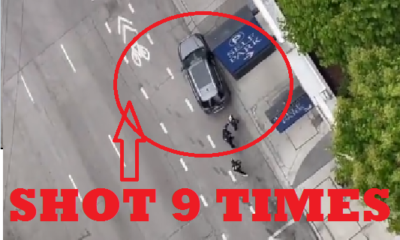
 Entertainment5 years ago
Entertainment5 years agoLil Reese shot in downtown Chicago! Watch The Crime Scene CCTV Video!!
-

 Entertainment5 years ago
Entertainment5 years agoRapper Pooh Shiesty Caught On Video With A Trans Woman! Is He Gay?
-
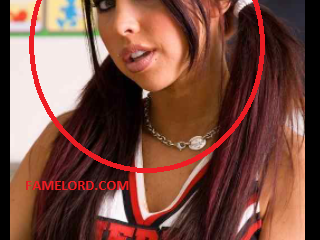
 Entertainment4 years ago
Entertainment4 years agoWhat Happened To Cody Lane?
-

 Entertainment5 years ago
Entertainment5 years agoPastor Claudia Jaramillo: Redefining Leadership and Womanhood on the Pulpit
-

 Entertainment4 years ago
Entertainment4 years agoCorinna Kopf Photos Hours After She Joined!! Who is Corinna Kopf?

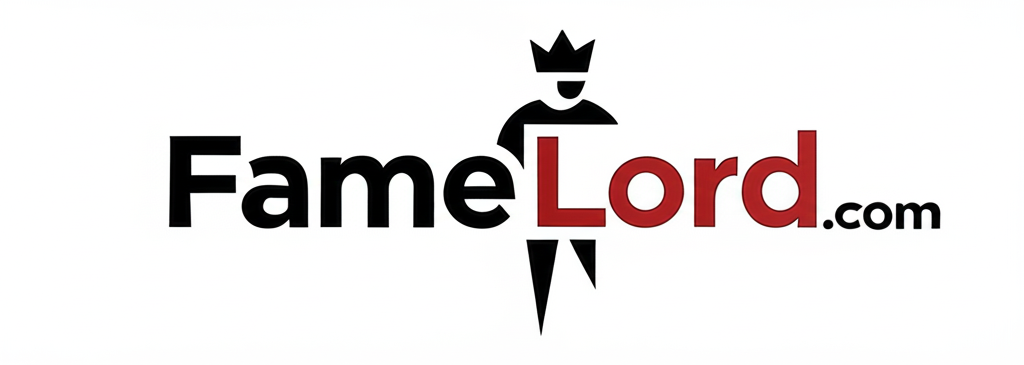




![Kodak Black - Last Day In [Video]](https://famelord.com/wp-content/uploads/2021/06/Screenshot-178-80x80.png)